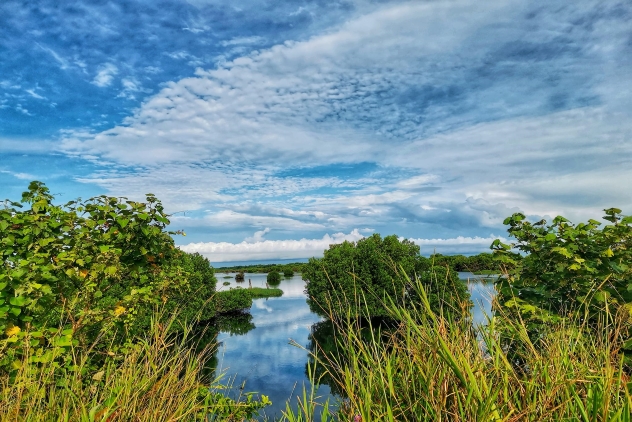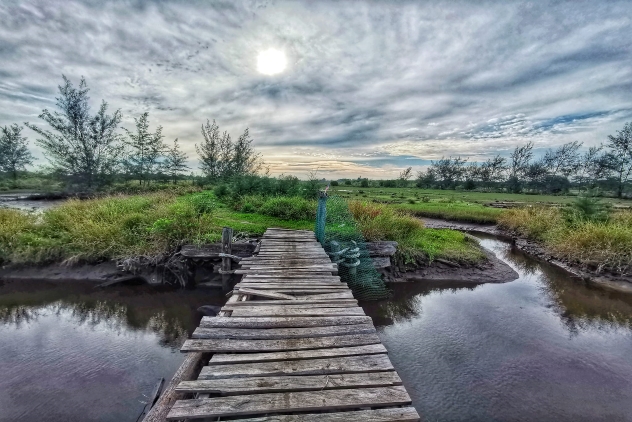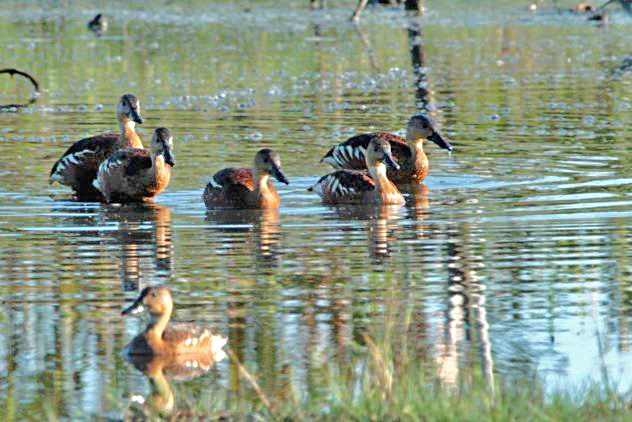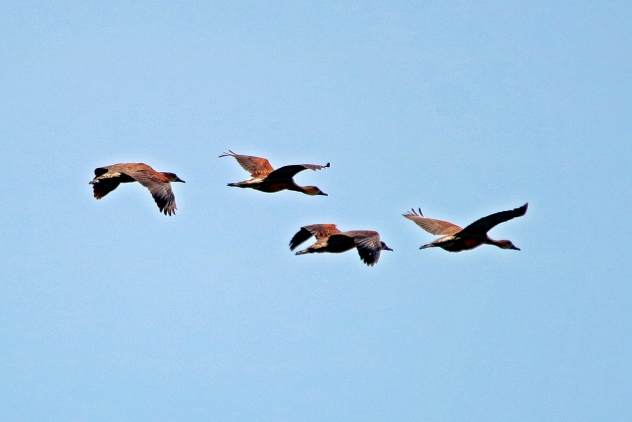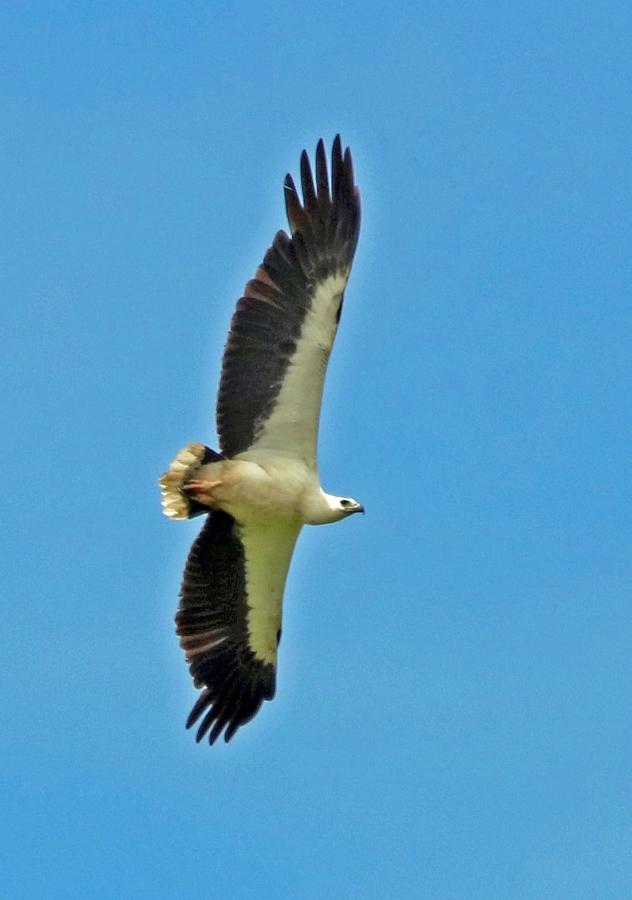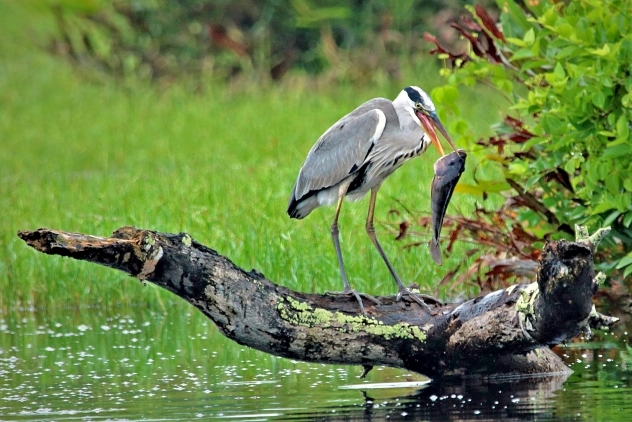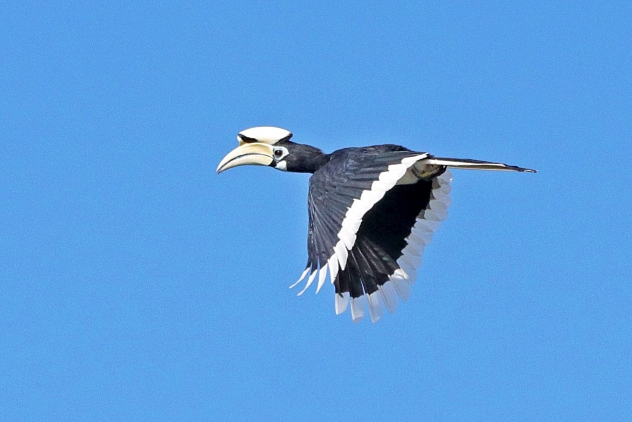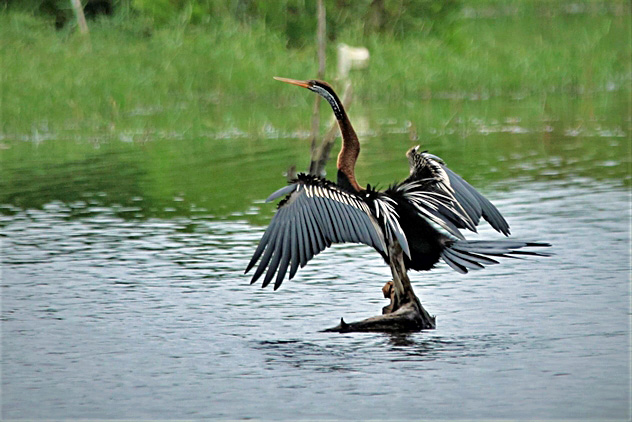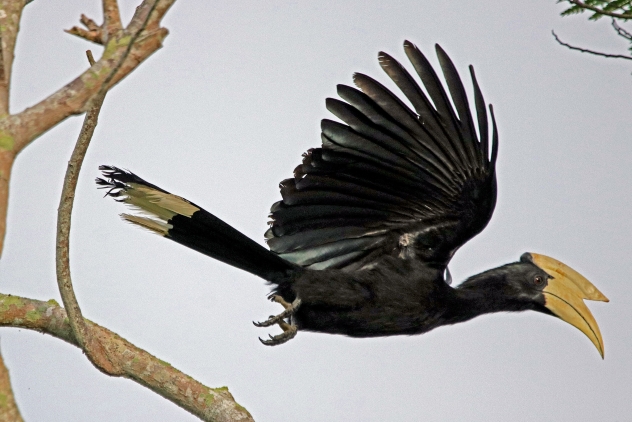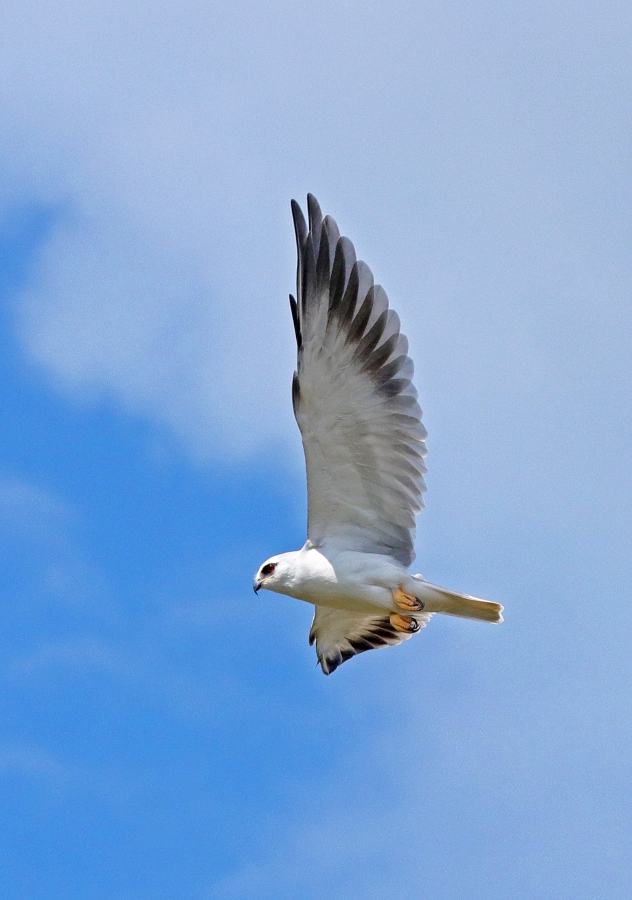The Kuala Baram Wetlands is my favourite place to go for bird photography in Miri. Located about 35 minutes’ drive from the city centre, the marshland has been hailed as a sanctuary for migrating birds from around the world.
The wetlands’ total size is about 600 hectares consisting of mudflats, mangrove forests, salt pans, freshwater lakes and prawn and fish ponds. At the last count in 2018, 138 species of birds have been recorded at the wetlands. The wetlands’ reputation as a bird sanctuary received a great boost in 2014 and 2015 when the rare and highly endangered Crested Chinese terns were spotted there.
There was a lot of hooha a few years ago about turning the Kuala Baram Wetland into a bird conservation area but sadly not much seems to have been done. In fact, the wetlands is fast losing its reputation as a bird sanctuary. Local birders lament the sad decline of the conditions at the wetlands. More and more roadside trees have been cut down and the roadside undergrowth has been cleared in many areas, depriving birds of their habitats. Exacerbating the situation are the increasing number of squatters setting up their shacks in the area and the number of people who go to the wetlands regularly to catch fish using nets stretched across the water expanse. I believe what drive a lot of birds away from the area are those people who wade across the marshland catching fish with their cast nets. And as usual, a lot of visitors to the wetlands leave behind a lot of garbage like plastic bottles, plastic bags, drinking straws, disposable food containers, and the like.
Due to what has going on at the wetlands, birds that were a common sight a decade ago at the wetlands are rarely seen nowadays. Wandering whistling ducks that were commonly seen swimming in the water expanse have all retreated into the remote inaccessible areas of the wetlands. You can only see them very ocassionally when they fly in the far distance.
During my visits to the wetlands in the past few months, I have not encountered any white-bellied sea eagles and grey herons which were common sights just half a year or so ago. I guess the birds feel threathened and have retreated to the other areas, maybe in nearby Brunei.
Fortunately I was still able to sight oriental pied hornbills, black hornbills, oriental darters and black-shouldered kites during my recent trips to the wetlands.
If the authorities are serious about turning the wetlands into a bird conservation area, a lot needs to be done. Strict action must be taken against the poachers. Loss of habitats for birds must be stopped. More trees and native species of plants must be planted, particularly those that will provide food for birds. This helps to provide a conducive environment for breeding and increase in population. The plants also host other types of animals and insects which form important ecosystems and increase the biodiversity of the region.
The authorities should also promote the enjoyment of nature by encouraging activities such as bird watching, bird photography and nature walks. This sort of appreciation can be shared among people and continue to help raise awareness of the birds’ plight.
 CY@CY Says Welcome to my dreamscape. Where a Lim is also a Ling.
CY@CY Says Welcome to my dreamscape. Where a Lim is also a Ling.
